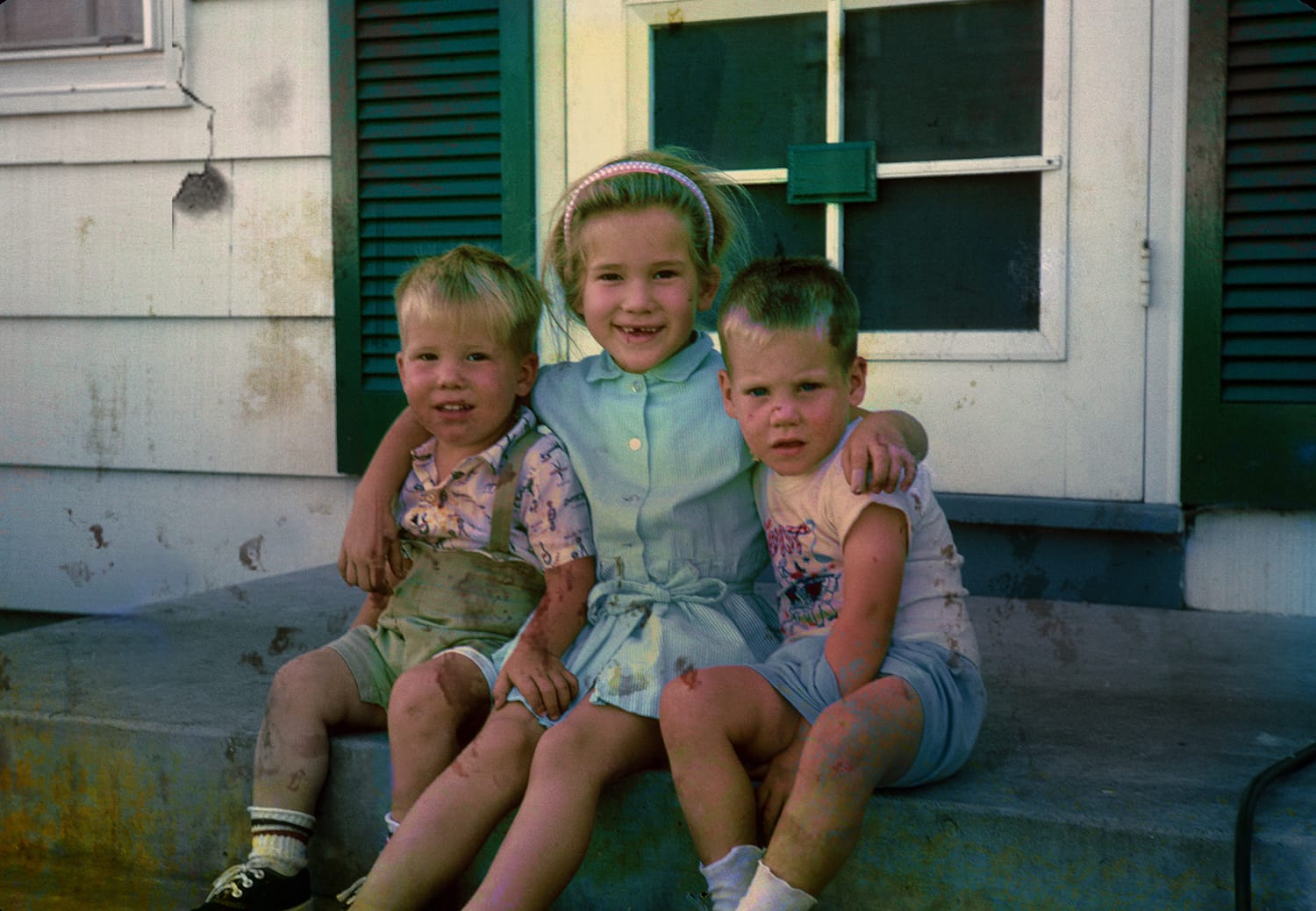What You Should Know Before Converting Slides to Digital Images
Some of the most heartwarming stories we get to hear in the photo scanning business come from customers who have recently had their photographic slides digitized.
At one point in the pre-digital era, slides represented the most common way to capture memories.
But since most people, these days don’t have access to a projector for viewing them, the memories in them often stay boxed and buried.
One customer recently sent us a moving account of how she decided to get a box of old slides digitized and in the process, uncovered several photos of a father who passed away when she was only four. As she described it, there had been no easy way to get to those images until that point:
“Before I sent in those 650 slides for scanning, none of us had really had a chance to view them all together. The bulb for the slide projector went out a long time ago, and then the projector itself stopped working. We hadn’t had access to the images for many years.”
After the slides were scanned, however, a whole set of faded memories resurfaced for the family. She concluded on a heartfelt note:
“There are photos here that no one in my family had seen of my father…it’s an amazing experience to get to see him again.”
Stories like this are a powerful reminder of why we should think about digitizing our collection of old slides – now rather than later!
You can choose to do it yourself using a scanner equipped to handle slides or outsource the task to a reliable slide scanning service. Beyond the timesaving aspect, a professional service can ensure attention to a few details that really matter when it comes to converting analog slides into digital images. Here are the most important ones:
1. Resolution
Dpi or a dot per inch is a technical measure of image resolution. It is not always a complete measure but it allows you to gauge two important things about your final image.
- The clarity or how sharp the image will look.
- Your ability to print using the digital image.
A higher resolution will allow you to make larger prints. For instance, a 35mm slide scanned at 10 MP (megapixels) will allow you to make prints of up to 13″x9″ in size. However, a higher number is not always better when it comes to resolution. Sometimes a high-resolution scan may pick up unwanted grain from the photographic material rather than pure image detail. Scanning at a lower dpi may produce better results in such cases.
2. Dust and Scratch Removal
Slides that have been boxed for a long time often develop scratches, mold buildup or other age-related blemishes. A combination of an anti-static film cleaner and a lint-free cloth can be effective in removing mold, although care should be taken to wipe gently along the length of the slide and not in a circular motion in order to avoid creating scratches.
One automated solution for this problem is Digital ICE, a scratch minimization technology that is integrated into higher end scanners. The crux of this technology depends on using infrared light to detect and subtract out positions of dust and scratches from the final image.
There are some limitations to this technology however. For example, it does not work that well with black and white film containing silver halide. Silver halide grains in this type of film can create artifacts that Digital ICE cannot process effectively. This is where manual editing is needed to produce a clear and scratch-free image.

Before Scancafe

After Scancafe
3. Color Correction and Restoration
Another set of fixes that is important when you are dealing with old slides involves color correction and restoration. Built-in scanning software can help to correct for color shifts and fading.
If needed, Photoshop can be used to further enhance the look of the final scan. In some cases, the scanned image from a slide may need more advanced photo restoration. This may happen, for instance, when mold on a slide obscures part of an image. In such cases, a trained restoration specialist can step in to rebuild the image and make it complete again.
3. Rare Slide Formats
While 35mm slides are the norm, slides do come in other less common formats. The size of the actual image within the cardboard mount will tell you what kind of format you are dealing with. Apart from 35mm, there are also 110, 126, 127 and 120 slides as well as medium and large format transparencies.
Not all-scanning equipment is designed to capture the entire image area for all of these formats. This can result in cropped and incomplete scans. Therefore, a versatile and quality scanner that can handle all of these formats is a key requirement in a slide-scanning project.
Slides clearly present a different digitization challenge than prints. However, the payoff from the effort is likely to be very rewarding. If you have a stack of old, slides sitting in a closet, now is a good time to dust them off and get them digitized. You could end up unlocking a trove of special memories you never knew existed.
